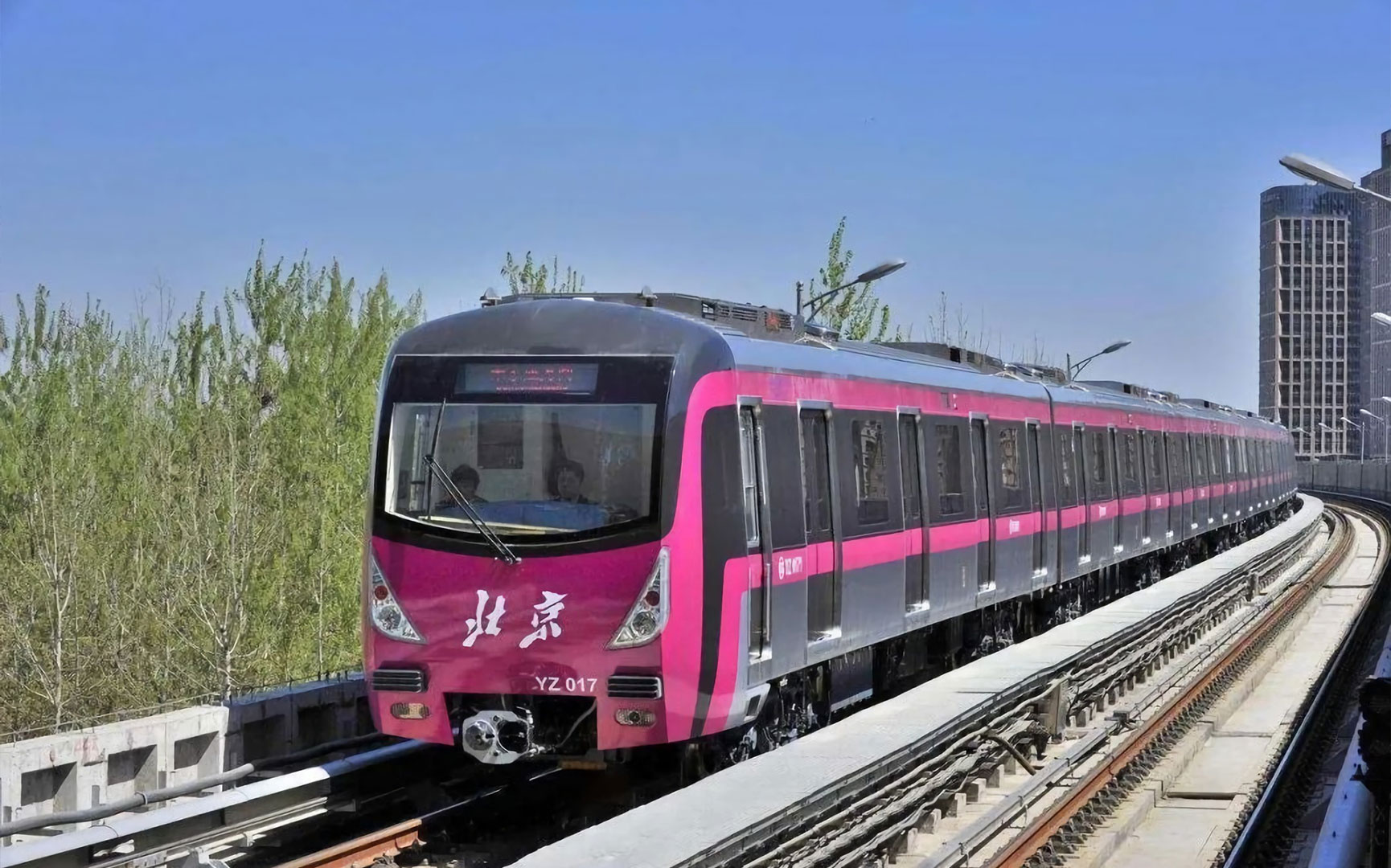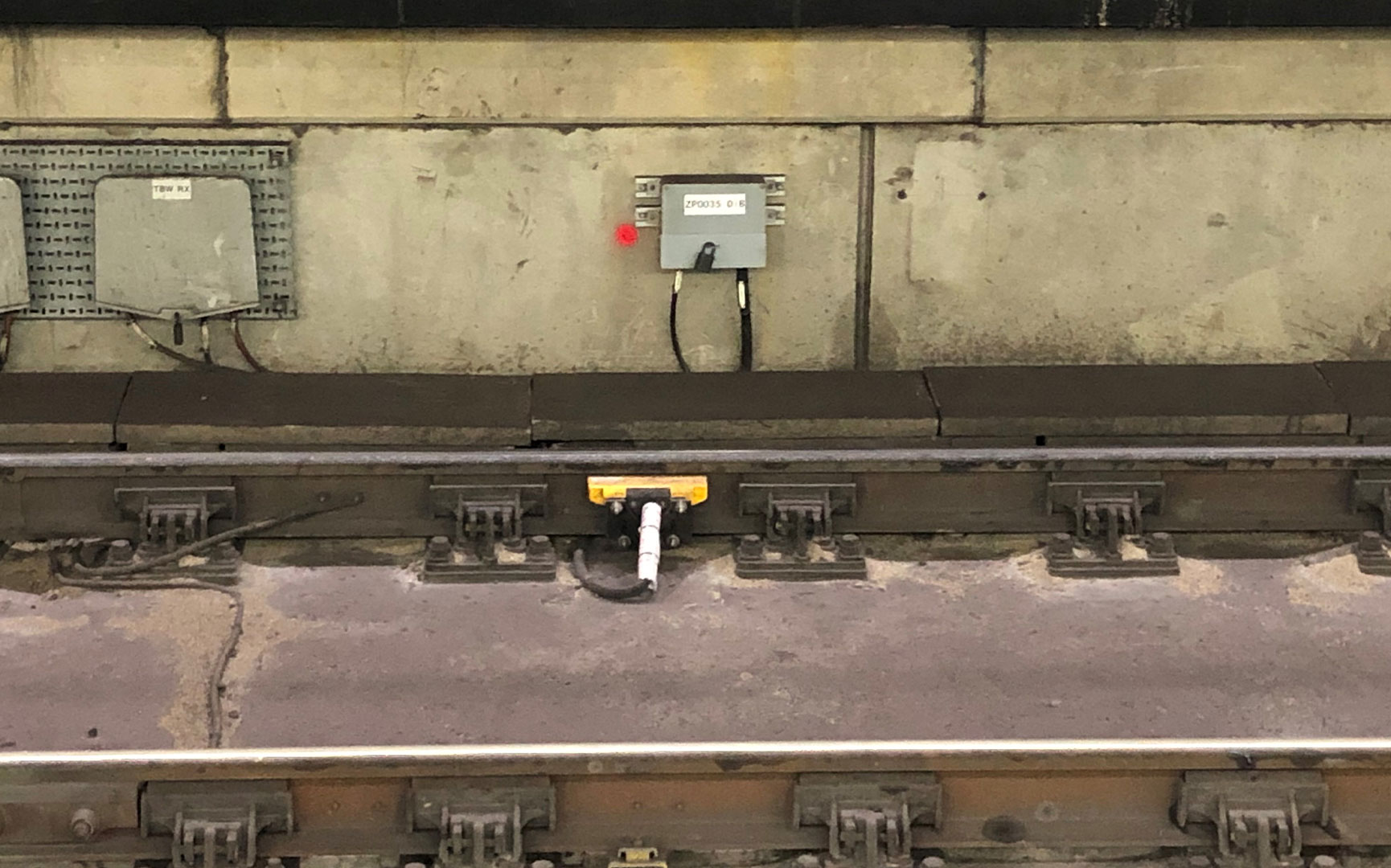Frauscher Sensor Technology has completed the divestiture to Wabtec Corporation.
Notification Center

Train DetectionUnited States of America
Class 1 Yard Project
Frauscher was approached by a North American Class 1 railroad planning a major expansion of one of its yards, and the required time to completion was short. The scope of the expansion was to build an operational multitrack flat yard on vacant land within six weeks with a signalling solution to protect switches during operations.
Frauscher supported a North American Class 1 Railroad in a multitrack flat yard expansion, delivering a comprehensive solution within six weeks. The project demanded seamless integration with the GE ElectroLoglXS interlocking, as well as robust performance in challenging winter conditions, and quick installation to meet the tight timeline.
Frauscher’s Advanced Counter FAdC played a central role in this project, interfacing with the GE ElectroLoglXS system via the RP2009 protocol. Additionally, seventy-six Frauscher Wheel Sensors RSR180 were deployed across the yard, requiring approximately five minutes each to install using the patented Frauscher rail claw. The RSR180 is ideal for use in constrained spaces and can be easily relocated or adjusted as needed. Its robust design provides a high level of availability and reliability even in extreme temperatures, snow and ice as well as deteriorated track and ballast conditions common in yard environments.
Despite the rough conditions, the operator experienced a smooth installation of the system with the ability to remotely calibrate the sensors, minimising on-track manual work. Furthermore, Frauscher engineers trained railroad staff on-site, providing them with the necessary skills to independently manage the system, reducing future downtime and costs. The Frauscher Diagnostic System (FDS) was implemented to provide real-time health data, historical performance analysis, and streamlined troubleshooting via an intuitive GUI interface. This capability enhances maintenance efficiency and ensures long-term system reliability.
Frauscher was able to complete the project ahead of schedule, delivering a resilient, reliable and flexible switch point protection system capable of withstanding harsh Canadian winters.
Quick Installation and Flexibility
Frauscher’s Wheel Sensors RSR180 were installed quickly and efficiently using the Frauscher rail claw.
Seamless Integration with Existing Systems
The FAdC’s compatibility with the GE ElectroLoglXS interlocking via the RP2009 protocol ensures efficient and fail-safe communication.
Advanced Diagnostics for Maintenance
The Frauscher Diagnostic System (FDS) provides real-time system health data and historical performance analysis, contributing to smoother and safer operations.
This might also interest you

Train DetectionChina
CBTC Fallback System on Beijing Metro Lines

Train DetectionUnited Kingdom of Great Britain and Northern Ireland
Axle Counter Overlay System

Train DetectionTaiwan
Shalun Signaling

Train DetectionFrance
Homologation for the Île-de-France tramway network
